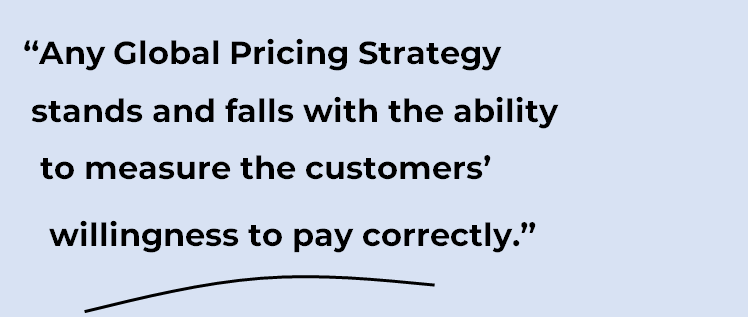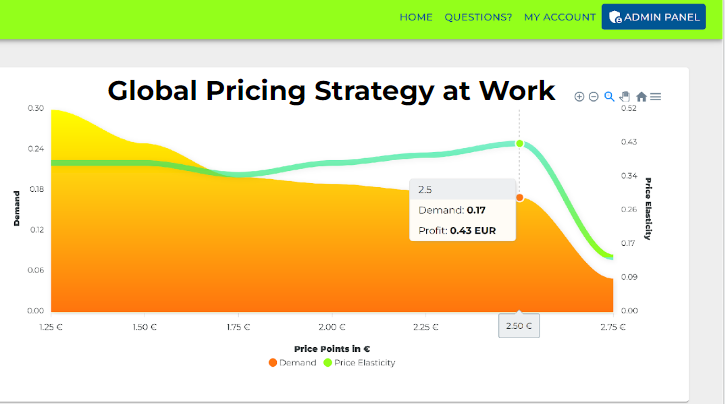
Global pricing strategies are a complicated and ever-evolving topic. There is no one-size-fits-all answer when it comes to pricing products and services for an international market. The key is to carefully consider all of the factors that will affect your pricing strategy, including the cultural norms of your target market, the state of the economy, and your competition. When done correctly, a global pricing strategy can be a powerful tool for growing your business. But if you’re not careful, you could end up alienating your customers or leaving money on the table. In this blog post, we’ll explore some of the most important factors to consider when developing a global pricing strategy.

There are a variety of global pricing strategies that businesses can implement in order to maximize their profits in a global market. Some of the most common strategies include:
This strategy involves setting prices based on local market conditions. For example, businesses may offer discounts to consumers in countries where demand is high or costs are low.
This strategy involves setting global standards for product specifications and prices. This can help businesses avoid confusing customers with varying product offerings and prices.
This strategy involves offering different products or services in different markets, with each offering tailored to local tastes and needs. Differentiation can help businesses attract new customers and keep existing ones loyal.
This strategy involves dividing the market into different geographic regions and setting separate prices for each region. Geographic segmentation can help businesses reach new customers and avoid competing with other companies in the same market.

There are a few key components to crafting effective global pricing strategies:
This seems obvious, but it’s worth reiterating. It’s important to segment your market and understand the needs and wants of each individual customer group.
This includes things like currency exchange rates, tariffs, transportation costs, and other economic factors.
What is it worth to the customer? How does it compare to similar products or services on the market?
The bestselling book „Pricing Intelligence“ has more on the topic and

The world is constantly changing, so your pricing strategy should be too. Be prepared to adjust based on new information, market conditions, etc.
Some professionals prefer to access video tutorials around pricing and insights

As the world economy becomes increasingly globalized, businesses must adapt their pricing strategies to account for the different needs and preferences of customers in different countries. There are a number of different ways to do this, and the best approach will vary depending on the products or services being offered and the markets they are being offered in. However, some common global pricing strategies include charging higher prices in developed countries and lower prices in developing countries, tailoring pricing to specific local markets, and using price discrimination to maximize profits.
Today pioneers use the latest pricing survey tools that use Neuroscience + AI
Interested professionals can use some tools even for free and explore on its own
You can access supra tools free here.

In my email newsletter “Pricing Insights” I cover the whole range of pricing insights solutions-from Garbor Granger to Conjoint, from NeuroPricing to Pricing Software Systems. I describe the application in various fields from new product pricing to promotion, from brand premium to feature pricing.
Keep up to date here.